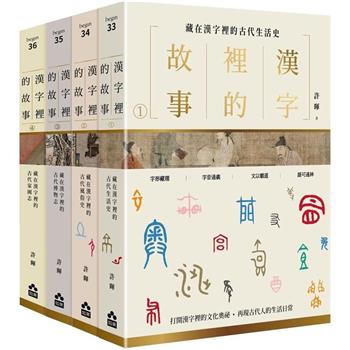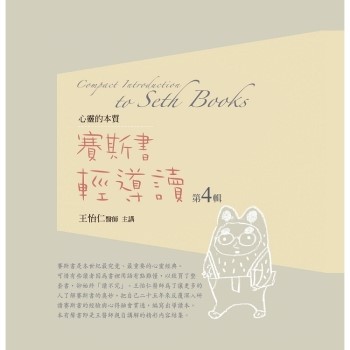Why would a holy man, on a holy day, in a holy place commit murder in front of his entire congregation? When a seven foot tall tyrant shoots an unarmed young man, who is running from him and his three hundred pound brother, the astonished members of his congregation and the town folk want to know why a preacher would do such a thing Tim Gentry also needs to find out why. This vile murder intruded into his life when at five years of age, he was a witness and it continues to nag at him. He remembers the pandemonium that followed the killing on Christmas Eve Day, 1910 at the Piney Woods Church in the mountains of northern Georgia. He remembers the whispers and arguments in the town and in his family over the killing of Pickens Bradshaw. As he grew up and time passed, the talk faded. Now he wished he had asked more questions. Tim wants some answers. He is going back home to talk to as many people as he can find who were there that day or have some knowledge of the murder before or after the event. His skills as a newspaper reporter in Columbus, Ohio, will help him get to the details. His personal life is a mess and Tim hopes that getting some answers to this age old question will bring him relief. His boss gives him a month's leave. This story-within-a-story unfolds as Tim digs into the mystery and gains an unexpected collaborator with a personal interest for very different reasons, Zoey Sinclair. As more parts to the puzzle are found, they are astounded to learn that after Rev. Joe Gilmer shot the boy, his brother, Zachariah Gilmer, also a shooter, twirled his gun over his head and shouted, "We are the Blue Hen's Chickens " The hunt was on to find out what that meant. Set in World War II, 1942, this is a fictionalized account of a true event. The genesis for the story is a thirty-four stanza poem written after the trial by Charles W. Hyde, who was a neighbor of the minister but sympathetic to the victim. The first story shows, the second story tells. Before computers and copy machines, cell phones or hand held recorders, Tim must write down his findings before he forgets some important details. The reader sees how clues come about, meets some interesting characters, reads the poem, learns some facts about the eras, watches a romance develop, and then, in Tim's telling of his discoveries, has a better understanding of the perpetrators and how and why the young man lost his life in this story that has never been told.











